The prospect of mail bombs has become an unsettling re-occurrence in American life. In 1947, letter bombs were sent to President Harry Truman in the White House. From the 1970s through the 1990s, “Unabomber” Ted Kaczynski killed three people and injured 23 others with packages sent through the mail. Earlier this year, mail bombs in Austin, Texas killed two people and seriously injured five more. But some of the most widespread violence in the form of postal deliveries took place nearly 100 years ago.
Political violence was on the rise in 1919. Labor organizers had become more aggressive in organizing workers during World War I, while business owners used hired enforcers to block unions. The Bolshevik revolution in Russia had inspired radicals in America. Italian anarchist Luigi Galleani preached armed violence to overthrow the government.
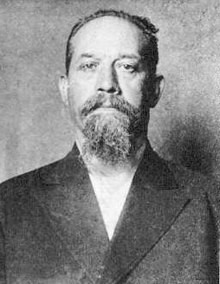
In April of 1919, a package arrived at the home of Georgia Senator Thomas Hardwick, wrapped in brown paper. Inside was another box labeled “Gimbel Brothers — Novelty Samples.” When a housemaid opened the box, a hidden spring mechanism ignited three mercury fulminate blasting caps. The senator, his wife, and the maid were all injured. The maid lost her hands in the explosion, but all three survived.
The story hit the nation’s newspapers. In New York, a postal employee recognized the type of package described in the story. He had intercepted 16 of them and set them aside because of insufficient postage. Once alerted by the postal worker, 12 more mailed bombs were found. Thirty-six bombs had been recovered. Among the recipients were business executives, mayors, governors, newspaper editors, police commissioners, and congressmen. Targets included Supreme Court Justice Oliver Wendell Holmes and banker J.P. Morgan, Jr.

Judges were targeted because of their decisions in cases involving anarchists or radical labor activists. Postal employees were targeted because Galleani’s anarchist publication had been banned from the mail.
While some Americans were panic-stricken, others decided to take action. They raided the offices of a socialist newspaper and started a riot at a communist-organized May Day parade in Cleveland.
The next chapter of the war on terror came on June 2 when bombs were detonated in eight cities. These bombs were larger and packed with metal shrapnel. They were addressed to prosecutors and judges who had been in involved in the prosecution of anarchists. None of the intended targets was harmed, but one night watchman was killed.
One of the bombs was accidentally triggered by the anarchist carrying it, Carlo Valdinoci. It exploded on the front steps of Attorney General Mitchell Palmer’s home, blowing in the front of the house and killing Valdinoci. Palmer’s neighbors, Eleanor and Franklin D. Roosevelt, rushed out to help Palmer and his wife who were staggering out of their house. No one other than the bomber was harmed.
Until that time, Palmer had supported civil liberties and been moderate in his prosecution of anarchists. But the attack on his home, combined with criticism of his past performance, pushed him to take more forceful measures. He began to see threats everywhere.
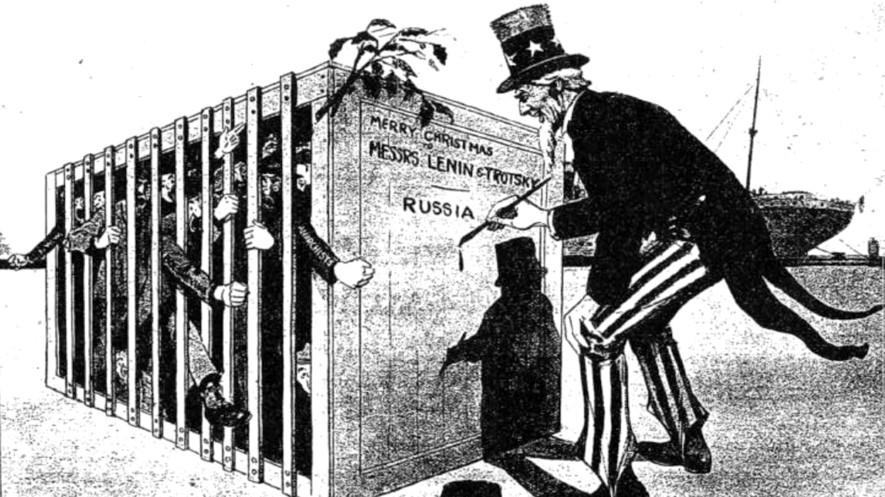
In 1920, he ordered law enforcement agencies in twelve cities to round up and deport anyone Palmer considered a dangerous radical. On December 21, 1920, Palmer forcibly deported 249 leftists to Russia. This was followed by raids in 30 cities. More than 3,000 people were arrested. In New York alone, 650 were detained. He ordered these people deported, but other government officials stepped in and blocked Palmer’s efforts, concerned by his disregard for civil liberties.
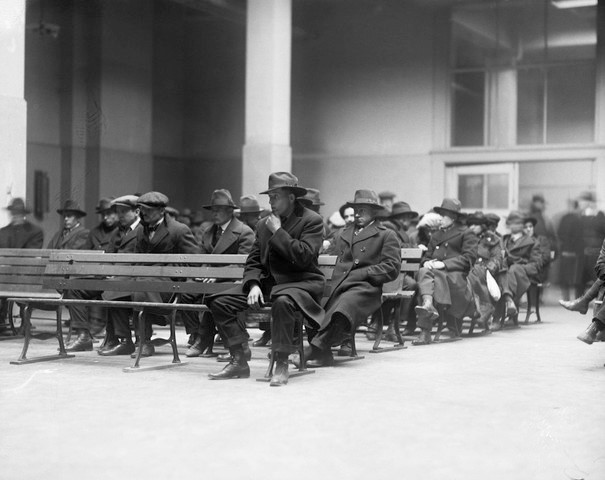
In Spring, he claimed to have learned that communists would attempt a revolution in America on May Day. When this failed to happen, his influence began to fade away and the Palmer Raids were curtailed.
Then, in September, a wagon parked in front of the Wall Street office of J.P. Morgan & Co. exploded as workers came out of the buildings for lunch. Thirty-eight people were killed and 300 injured. No suspect was ever named.
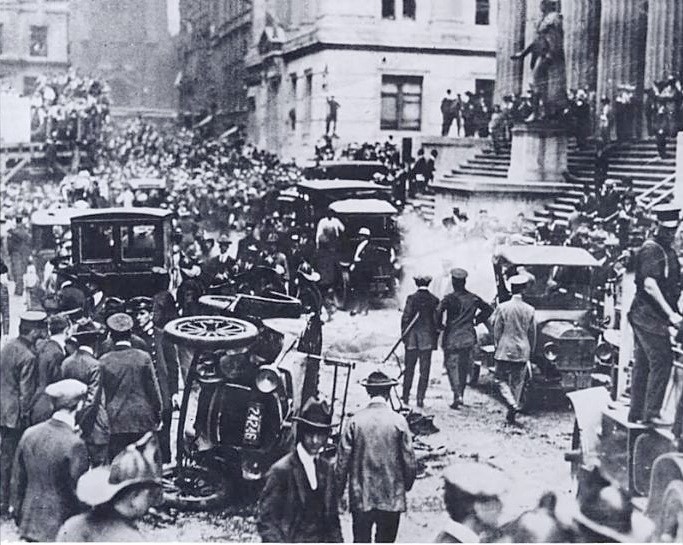
Yet, the rage and violence seemed to drift away as the roaring twenties began. For a long time, there were no more mail bombs. Anarchism and communism were perceived as a less of a threat, at least until after World War II.
Featured Image: Bombing on Wall Street, 1920 (Wikimedia Commons)
Become a Saturday Evening Post member and enjoy unlimited access. Subscribe now
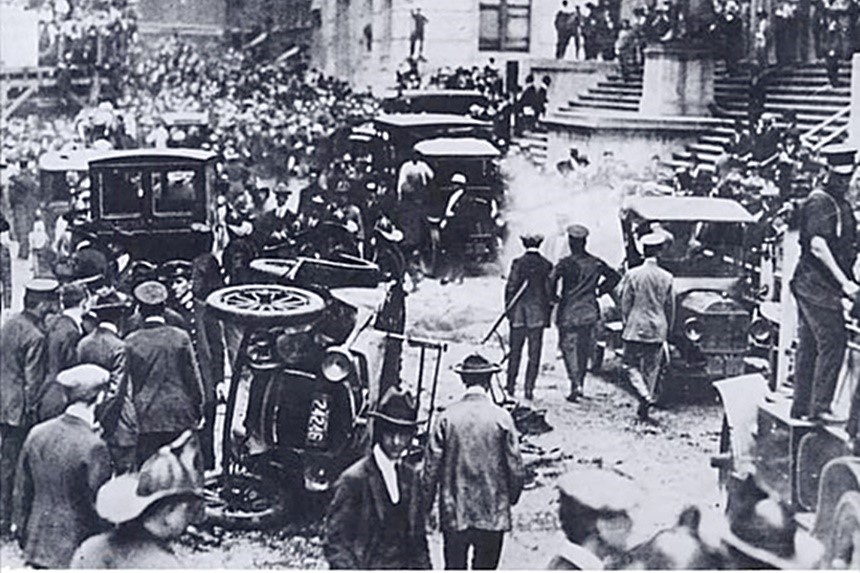



Comments
Merry Christmas to you Mary – thank you for your wishes.
I God We Trust says it all.
Anna from Royal Oak, MI USA
We much needed the Christian President we have to turn this country back to God. The increased news coverage makes what is happening to today available.
I have thought these letter bombs of today were sent to make Republicans look bad to influence the voting Nov. 6. The early reporting I just read in email news shows an outpouring of Republican confidence in the direction Trump is going.
I can now openly say “Merry Christmas,” which I was anyway. Jesus gave us the Holy Spirit to guide us. Read your Bible and daily prayer. Do ask our awesome God for His guidance.
Love and prayers to all my family and friends, Mary Richardson